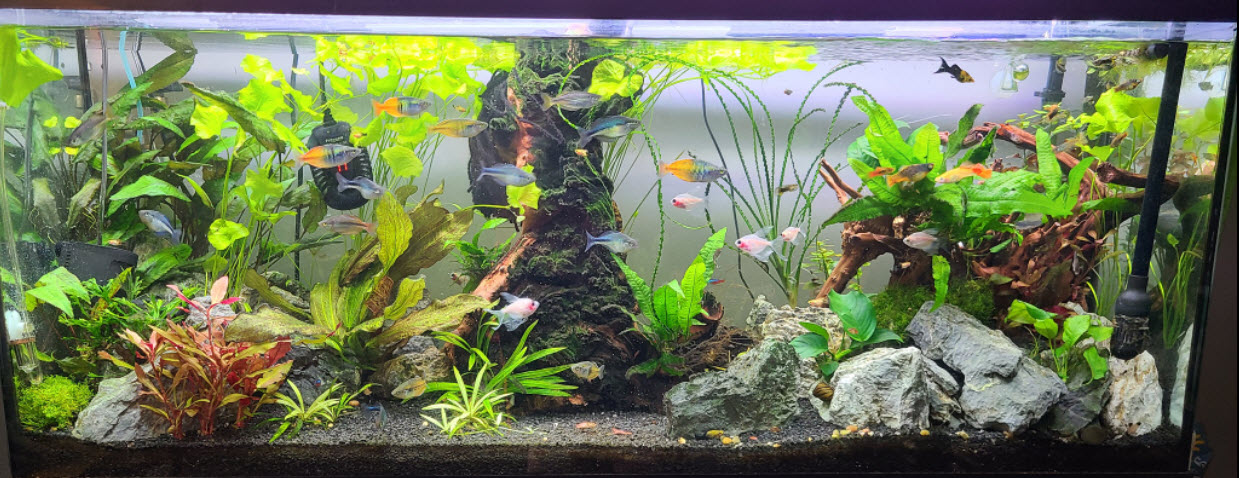
The best preventative for fish diseases is to have water which is heavily biofiltered, bacteria free and crystal clear. The key question all needs to ask is:
“If one looks down the length of the aquarium though the water, are objects at the far end of the aquarium crystal clear? Does it look like everything is floating in air? Or is the the water “dull” and things kind of “fuzzy” at the far end of the tank?”
If things are “dull” or “fuzzy” the fish typically will suffer from diseases. If the water is crystal clear, the fish will typically be very healthy.
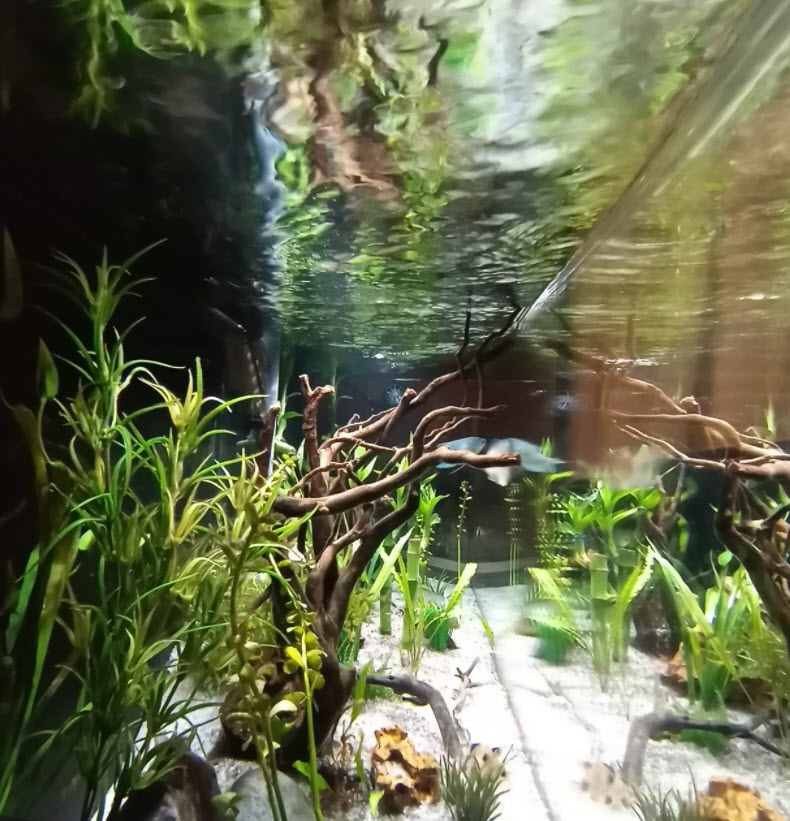
The fish’s immune system is constantly fighting all the bacteria that the gills are exposed to regardless of the type of bacteria. So a lower bacterial count means more immune system resources available for fighting off pathogens. A high bacteria concentration will compromise the immune systems of the fish and can cause any number of disease and pathogen breakouts. All owners of aquariums should strive for crystal-clear water.
Note that “bacteria free” is relative on a logarithmic scale. A milliliter (or cubic centimeter) of dull, “normal” aquarium water will have roughly 105/ml bacteria (100,000 bacteria per milliliter). A milliliter of cloudy water can easily have a total bacterial count of 7 x 106/ml bacteria (7,000,000). And a milliliter of “crystal clear” water can have as little as 6 x 103 /ml bacteria in it (6,000). So “bad” water has roughly 103 or 1, 000 times more bacteria that “good” water. This is what “logarithmic” means. This gives one an idea as to why reducing the bacterial count can be so effective in improving the immune systems of the fish.
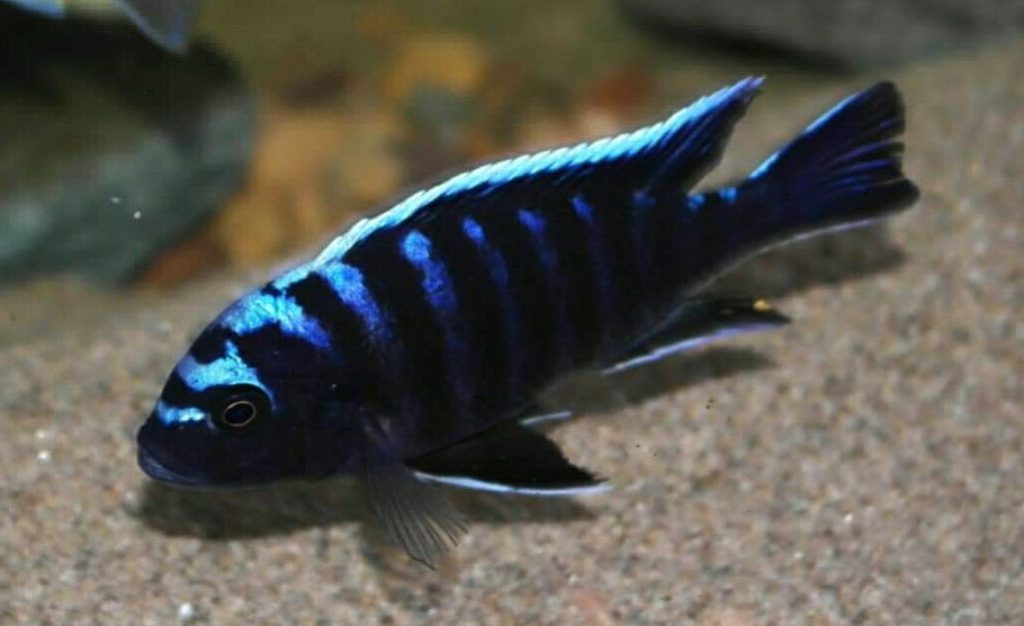
If the bacteria count in the water column is low the fish can put all their immune system resource towards keeping pathogens at bay. So fish in bacteria free water are far more healthy that fish in bacteria laden water.
.
The Key to Good Fish Health is Clean, Clear, Bacteria Free Water
.
Note that, contrary to popular myth, this does NOT mean water which is changed frequently. Going from two million bacteria to one million bacteria with a 50% water change isn’t going to be that much help to the fish. Water changes cannot compensate for poor filtration.
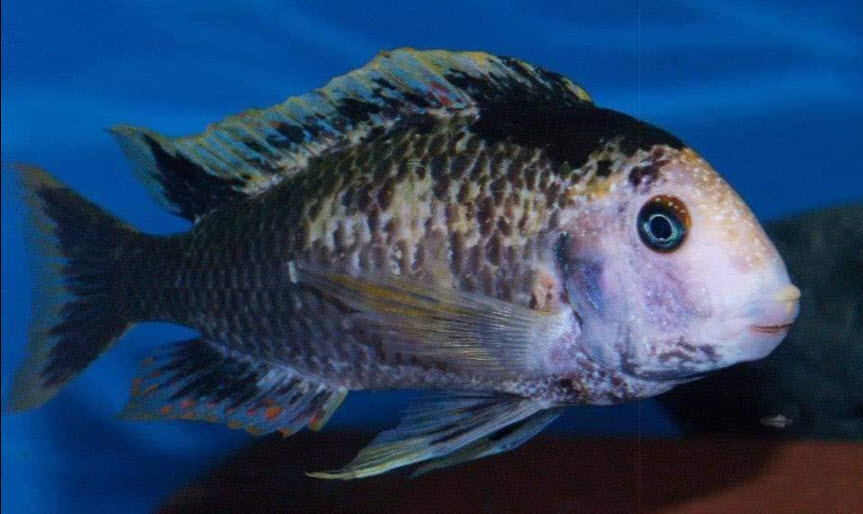
This bacterium free crystal-clear water is best achieved by over-filtration, having a huge volume of high surface area biomedia which is lightly cleaned every six months or so. Note that one of the biggest errors seen in fishkeeping is cleaning the biomedia too thoroughly and too often.
This over-filtration can be supplemented with filter floss (Poly-fill, polyester), polishing pads and wadding. UV sterilization also decidedly helps. There will rarely be an outbreak of disease in an aquarium with crystal clear water but if there is, most diseases can be successfully treated.
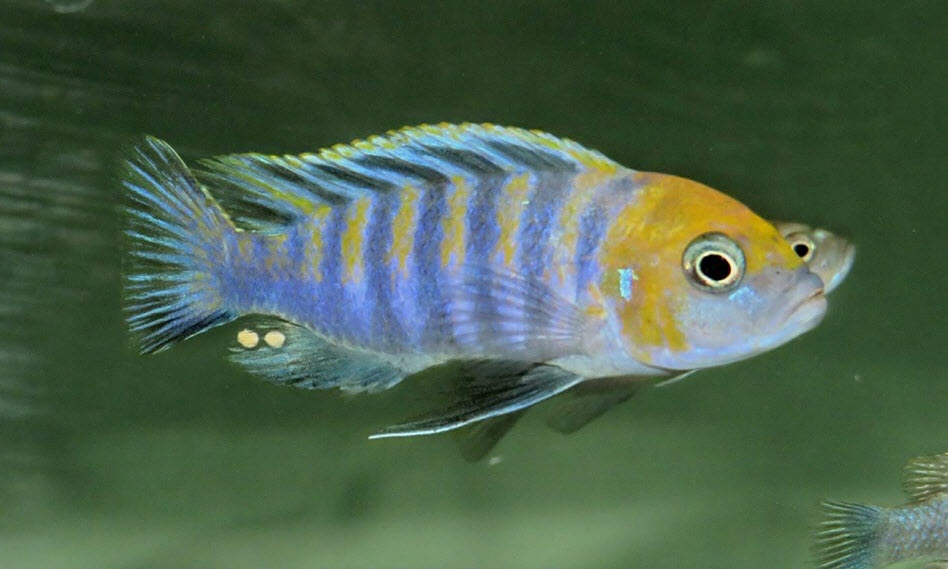
A Very Complex Issue
Now keying in on bacteria and clear water is somewhat misleading. In actuality there are a whole series of water parameters which all tend to be in lock step and which are ALL what are called “stressors” of fish. And a stressed fish will be an unhealthy fish. These water quality stressors include ALL the following:
- high bacteria count in the water column (the most important but often overlooked)
- “dull” water
- high DOCs, dissolved organic compounds
- high bacterial toxin amount
- high BOD, biological oxygen demand
- lower oxygen levels
ALL these water quality stressors in cumulative effect are very important in the health of the fish. They ALL are interrelated and ALL occur in lockstep. By the term “lockstep”, we mean that if there is a high bacterial count, there will almost invariably also be “dull” water, high DOCs, high bacterial toxin level, high BOD, AND lower oxygen levels. All these variables will go up and down together, i.e. “in lockstep”.
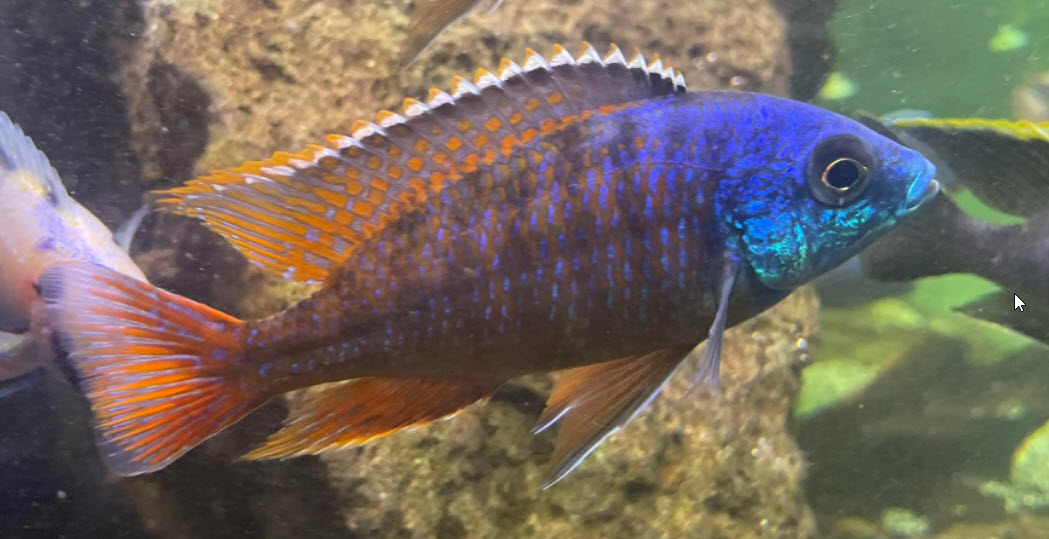
Note that while all these items are common in an aquarium established over three months, high levels of ammonia or nitrite are very rare in well established aquariums. So ammonia and nitrite are not included in this discussion.
There are a lot of studies out there where they keyed in on one of these variables and announced they have found what causes fish diseases. For instance, a researcher can study high DOCs and come to the conclusion high DOCs create poor fish health. In a way the study is correct, but it just doesn’t give the complete picture.
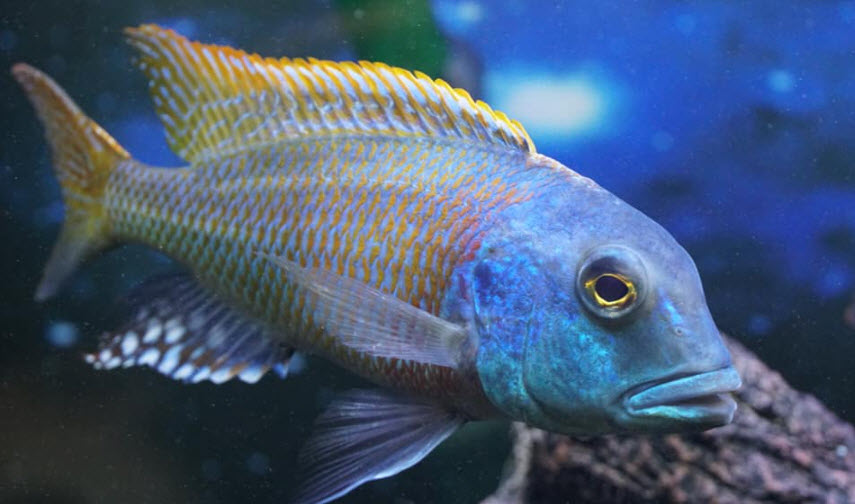
The human species tend to have great difficulty understanding that a whole series of elements can be responsible together for a problem. Humans always want to single out a single parameter. It just doesn’t work that way. But note the author has done exactly this in that he has keyed in on bacteria in the water column and dull water. It is always useful to look in the mirror!
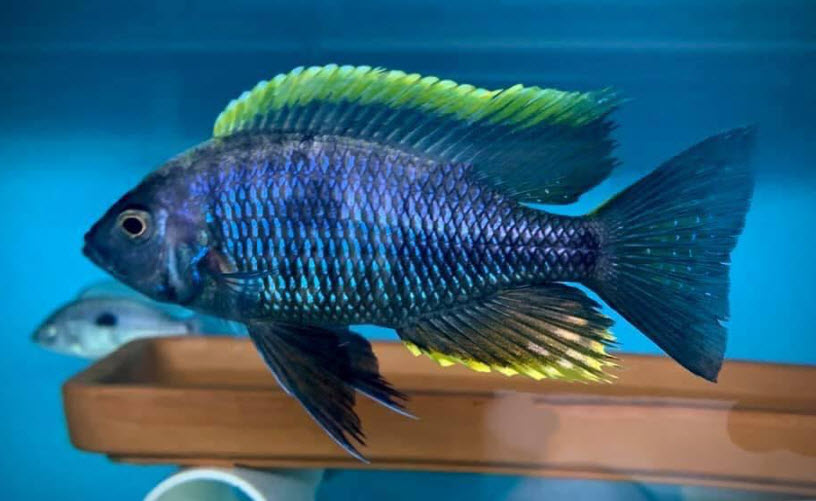
The sensitivity of fish to each these water quality issues on an individual basis has been noticed many times in the past. But it has always been simplified to one of the variables. A typical comment is
“An Overview of Ornamental Fish Diseases and Therapy”, John Gratzek 1981
“It has been our observation that water quality problems such as high amounts of organic wastes as measured by biological oxygen demand (BOD) promote parasitism by external protozoans such as Costia, Chilodonella and Epistylis. We have repeatedly observed that when parasitized fish are transferred from high organic pond water to low organic (fresh) aquarium water, many external protozoans and metazoans (monogenetic trematodes) will disappear. The reason for this is unknown, but we hypothesize that the reduction of organics is at least partially responsible.
I.e. this author is keying in on organics. Other researchers key in on DOCs, then some key in on bacterial count. And some key on on oxygen. I have found no researcher which has tackled this problem in a “holistic” approach, i.e. all of the above variables at once.
But since the solutions to ALL the above problems is also the same there isn’t really a problem with keying in on any one of these variables. Adding significantly more biofiltration will help with ALL of these “stressors”. Sometimes a separate addition of some aeration is needed. And sometimes bioload or food additions need to be adjusted down.
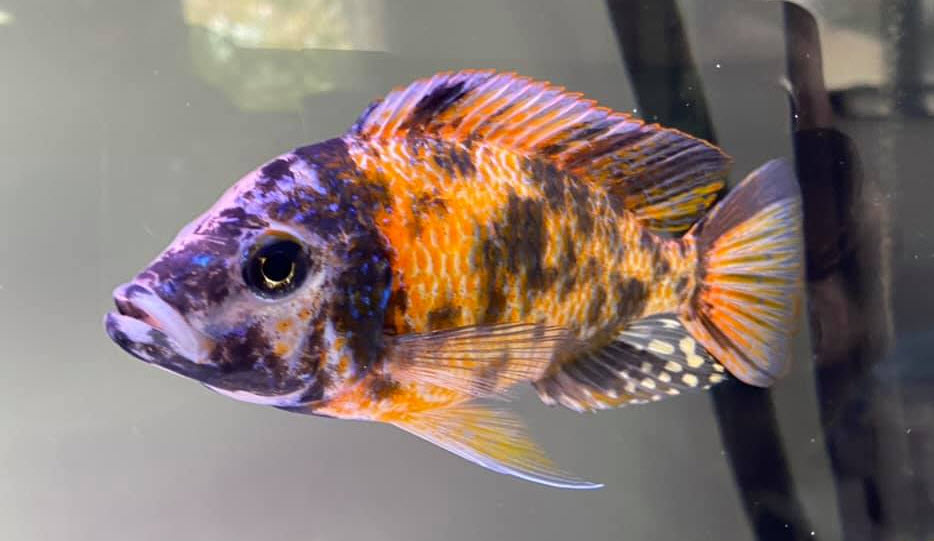
Note that there are some hobbyists that maintain a “Natural Aquarium” where there is very little in the way of formal filtration. They are copying a farm pond in an aquarium. The water in their aquariums is always rather yellow and somewhat cloudy. The water is filled with tiny islands of biodiversity that are much like the detritus found in a filter.
The surfaces of these tiny detritus particles is where the nitrifying bacteria live and where ammonia is made into nitrate. These aquariums often have very healthy populations of large fish.
I’m not a big fan of the “Natural Aquarium”. I do not like cloudy yellow water. And it is challenging to maintain a heathy tank with this approach. But the cloudy water can be healthy water. This is the “exception that proves the rule” when it comes to crystal clear water.
.
Return to Treatments Menu
.
Aquarium Science Website
The chapters shown below or on the right side in maroon lead to close to 400 articles on all aspects of keeping a freshwater aquarium. These articles have NO links to profit making sites and are thus unbiased in their recommendations, unlike all the for-profit sites you will find with Google. Bookmark and browse!
.

Dave says
In reply to JL …. My thoughts are that water changes do little or nothing for diseases.
JL says
Hi Dave, it’s often recommended out in internet land to do large water changes when a fish is already fighting a disease. But I don’t understand the reason for this. I assume the logic is to lower the bacterial count in the water column so that the fish’s immune system can focus on one thing and not have to fight off additional pathogens in the water column. Would love to know your thoughts on this. Thanks.